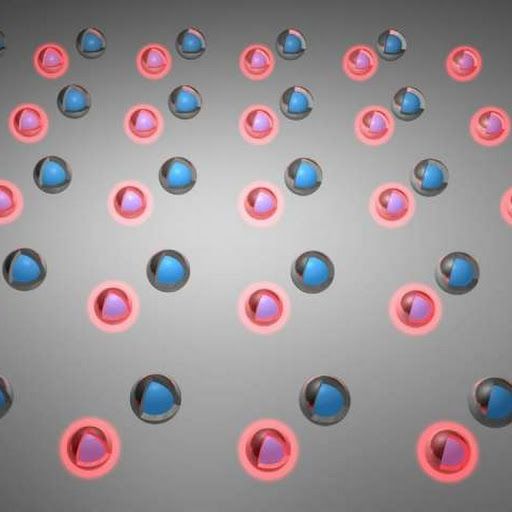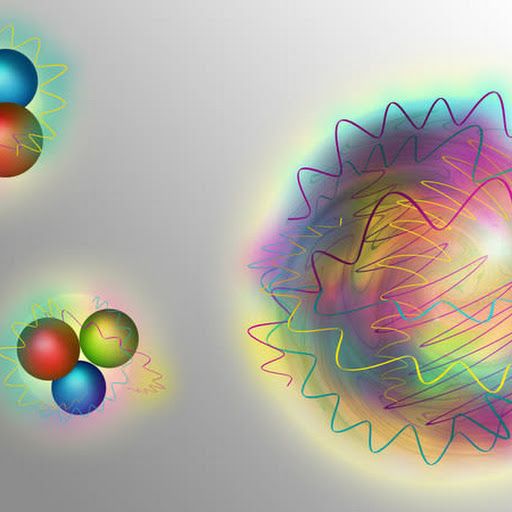Physicists have confirmed the existence of a new form of atomic nuclei, and the fact that it’s not symmetrical challenges the fundamental theories of physics that explain our Universe.
But that’s not as bad as it sounds, because the 2016 discovery could help scientists solve one of the biggest mysteries in theoretical physics — where is all the dark matter? — and could also explain why travelling backwards in time might actually be impossible.
“We’ve found these nuclei literally point towards a direction in space. This relates to a direction in time, proving there’s a well-defined direction in time and we will always travel from past to present,” Marcus Scheck from the University of the West of Scotland told Kenneth MacDonald at BBC News at the time.









